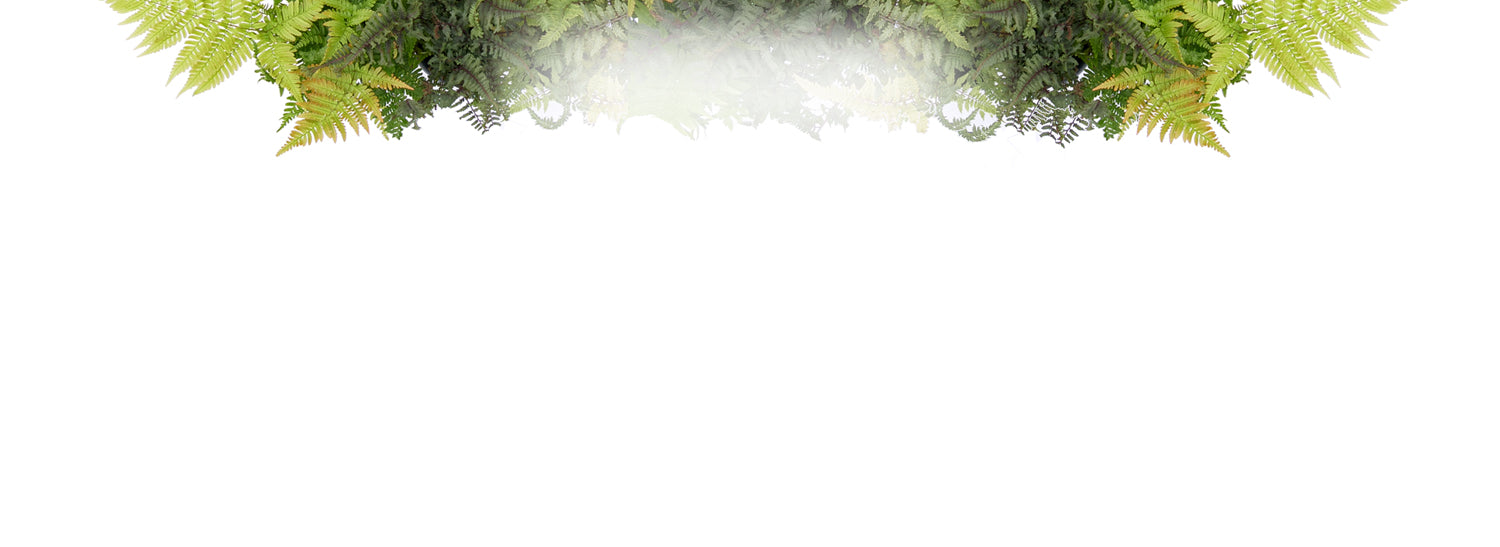
Description
Plant spacing is based on the ultimate width of the plants. This figure is normally given as a range; for example, 3-5’. If you live in a cold climate and/or want plants to fill in more quickly, plan to space at the shorter end of the range. If you live in a warm climate, are on a limited budget, or are willing to wait longer for plants to touch, use the higher end of the range. Using the larger number is recommended when calculating distance from a building or structure. There’s really no such thing as "maximum spacing": if you don’t want your plants to touch, you can space them as far apart as you’d like. All plant spacing is calculated on center, or in other words, the centers of the plants are spaced one half of their eventual width apart:

Unless you are planting in a straight line, as you might for hedges or edging, space your plants in a staggered or zig-zag pattern for a more interesting and naturalistic look:

Hand-picked at our greenhouse
Shipped to your door
Arrives as young plant
Hummingbirds are fascinating pollinators who bring their buzzing beauty to the garden every spring and summer when they leave the safety of their nests.Their signature rapid wing activity draws a lot of energy, and they need consistent food sources to keep their energy high.
Plants always arrive very healthy but too early to tell how it survives winter and grows
I am pleased with my mini trees . They arrived healthy and thriving. I will order more plants very soon!
Arrived beautiful
I have others in the landscape so I'm familiar with growing them. This looks like a nice young plant that should do just fine.
My plants seem to be getting a little bigger and with the rains we’ve had, they seem happy and healthy. Can’t wait for them to grow up and bloom,
We will notify you on events like Low stock, Restock, Price drop or general reminders so that you don’t miss the deal



